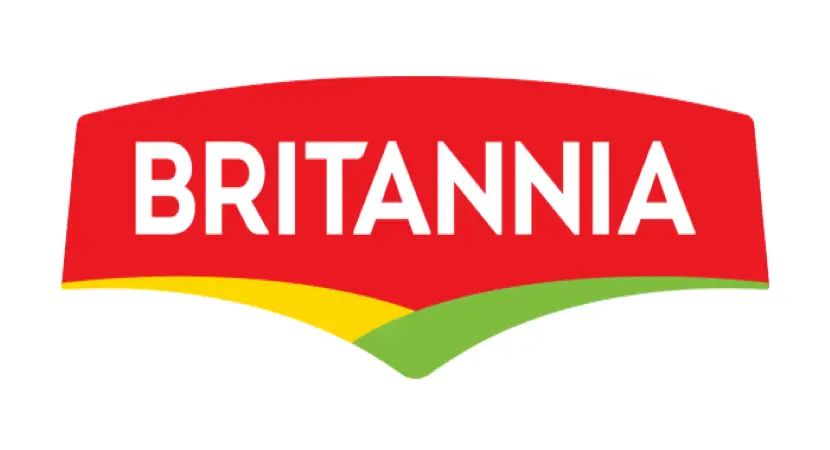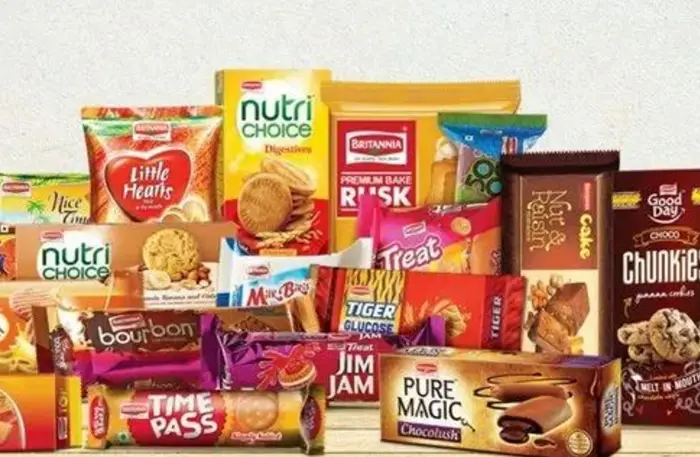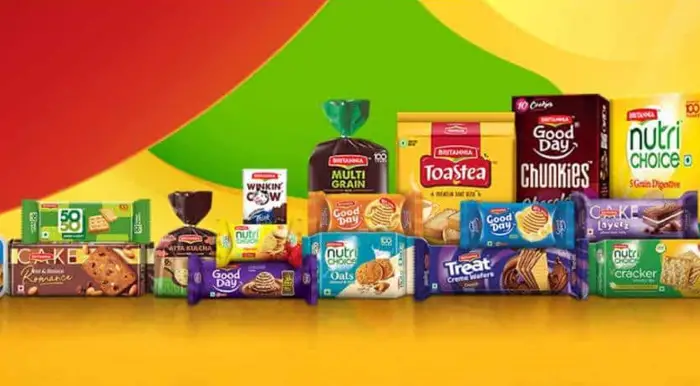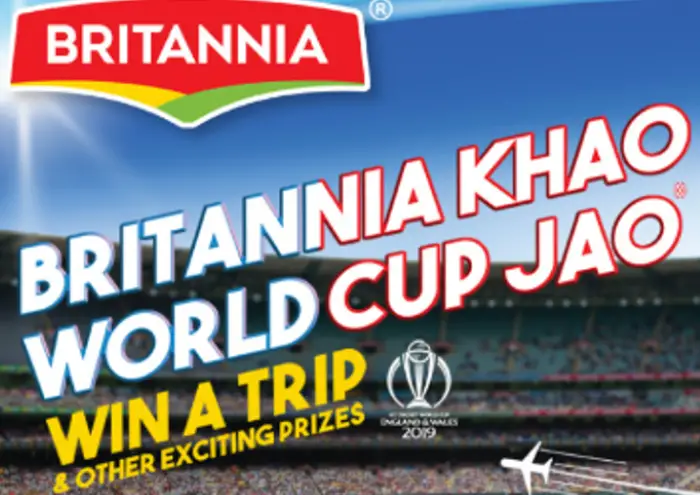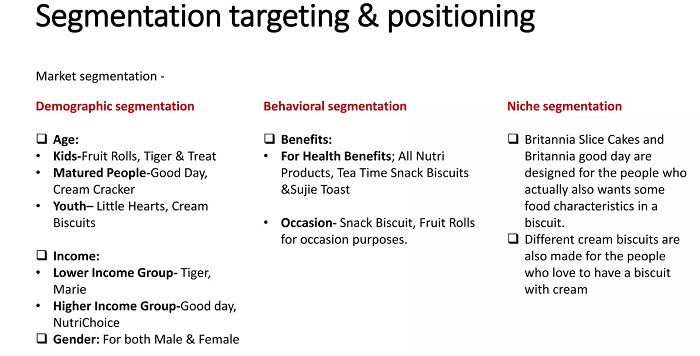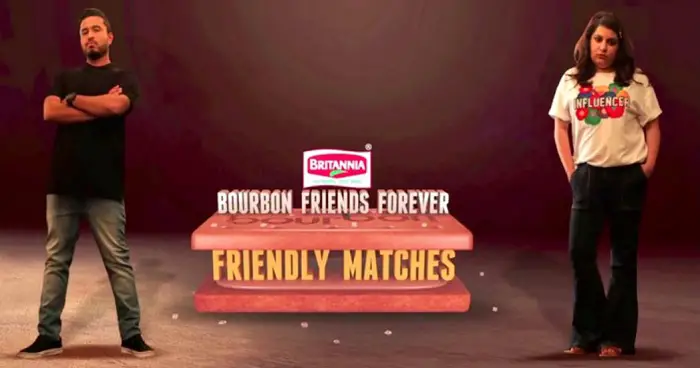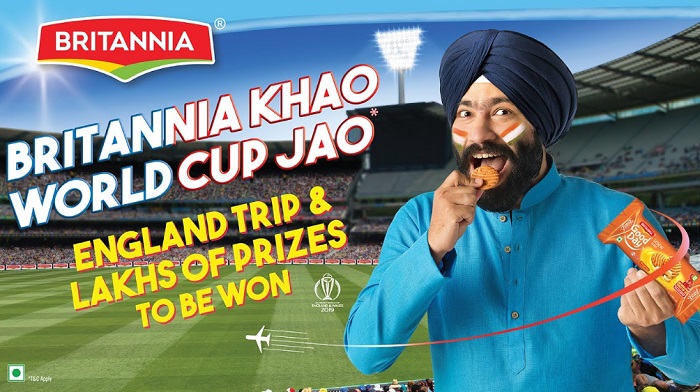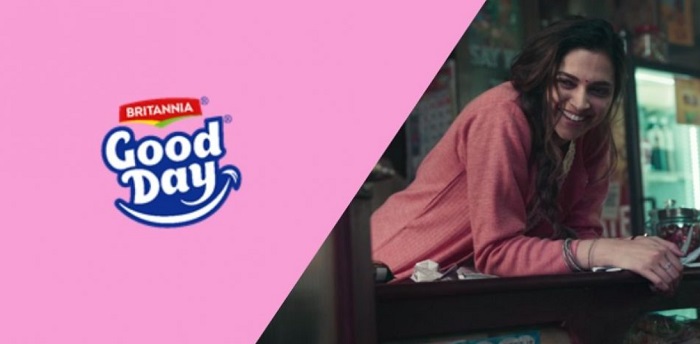Britannia differs from the standard fare of fast-moving consumer goods businesses regarding advertising. Britannia, now a household name in biscuits valued at Rs. 12,400 crores, was founded in Kolkata in 1892 with a meager investment of Rs. 295. This article will examine the marketing strategy of Britannia in-depth, shedding light on digital marketing and advertising campaigns and illuminating the inner workings of these disciplines.
The company, best known for its biscuits, also provides a wide variety of dairy items, pre-packaged foods, and bread to suit a wide range of dietary needs and preferences. It has one of India’s most significant digital marketing budgets. That it uses to maintain its dominant position in the country’s market. Discover how Britannia has built a strong brand and effectively communicated with its target audience.
By understanding Britannia’s marketing strategy and the implementation of the 4Ps, you will gain valuable insights that can be applied to your business or marketing efforts. Let’s get down to business and begin with a brief overview of Britannia’s history.
Britannia’s Marketing Strategy: Company’s History
According to The Brand Trust Report, Britannia is one of India’s most respected and successful food brands, with a century of history and nine thousand crores yearly sales. A consortium of English corporations founded the company, now owned by the Wadia Group.
Britannia is a household name in India, with many generations raised on its products. Biscuits, bread, cakes, rusk, and various dairy goods like cheese, drinks, milk, and yogurt are all part of the company’s offerings.
Britannia’s OOH and conventional advertising campaigns have earned the company widespread recognition. Even though it has been around for quite some time, this organization still relies mainly on broadcast radio and television commercials to attract new clients.
Let’s look at Britannia’s marketing strategy before diving deeper into the company’s marketing and campaign plan.
The 4Ps Of Britannia’s Marketing Strategy
The Britannia brand is analyzed using the four-pronged marketing mix framework, or “4Ps,” as part of the company’s marketing (Product, Price, Place, Promotion). Among the many tactics at a marketer’s disposal are new product development, alternative pricing models, carefully planned advertisements, and other forms of brand awareness raising. These commercial tactics are based on the Britannia marketing strategy and contribute to the brand’s success.
Britannia’s marketing strategy aids in establishing the company as a formidable player in its industry.
Let’s dive into Britannia’s product, price, place, and promotion strategies by looking at its marketing strategy and mix.
Plan for Future Britannia Products
Britannia is a significant producer of biscuits as well as dairy items. The product mix of Britannia breadth focuses on biscuits, bread, dairy, cakes, and rusk. With their varied offerings, biscuits have the most extensive product range, followed by cakes and bread.
Britannia produces sugar-free biscuits, cream biscuits, and jam biscuits for many customers. Britannia Marie Gold, Britannia Nutrichoice, Britannia Pure Magic, Britannia Little Hearts, etc., are some of the company’s most well-known offerings. The most well-known item is Britannia Tiger cookies.
Australia, Malaysia, and Indonesia are just a few markets tiger cookies serve worldwide. By forming partnerships with dairy businesses, Britannia can now produce and market various dairy products like cheese, dahi, ghee, and butter.
The vast majority of the population in India falls into the middle class, which is the target market for most of the company’s offerings.
Britannia Pricing Strategy
Britannia is widely recognized as one of India’s most popular food brands. Competition is fierce in the food production sector. Britannia’s approach to pricing in the marketing mix is based on the competitive landscape.
Britannia’s primary market comprises middle-class people, who are notoriously price-conscious. Britannia tries to bundle its products, which results in reduced product prices, especially with its family packs.
Using price differentiation, they can maximize earnings from customers who are prepared to pay more for products with better health benefits. Britannia’s prices are close to those of its main rival, Parle, making it an attractive option for shoppers.
Distribution Place And Britannia Center
Britannia’s primary channel of distribution is the retail industry. Partnerships with major e-commerce companies have allowed for the online sector’s growth, which accounts for a smaller share of total sales.
The internet serves as a sales channel for Britannia wares. Britannia products are available in all major and minor cities across India because of the company’s robust distribution network.
However, the distribution infrastructure in rural areas is not up to par with that found in urban centers. Britannia, a major player in India’s fast-moving consumer goods (FMCG) industry, relies heavily on distributors, who select dealers and retailers.
Britannia has agreements with major stores such as Spencer’s and Big Bazaar, which stock many Britannia items and offer prominent display space.
Planning For The Publicity And Promotion Of Britannia
Having been around for almost a century, the Britannia brand has a solid reputation and brand recognition among consumers. Britannia uses various promotional marketing mix elements, including television, print, and outdoor advertising.
Britannia has entered various endorsement deals with well-known figures for their products. Their sports marketing efforts are more extensive than their other ones. Promoting the brand through using cricket bats with the Britannia emblem and the endorsement of professional players on a global stage.
Britannia markets its product as “vital for good health,” which resonates with customers since they are increasingly aware of the importance of the nutrients in their food.
Britannia’s Segmentation Targeting And Positioning (STP)
The segmentation, targeting, and positioning policy of Britannia are listed below:
Segmentation
Understanding different sorts of clients in the community and the traits associated with each category are more accessible using segmentation.
The three segments of the population are kids, mature people, and young people. Treat fruit rolls and Tiger biscuits are in the Kids category, Good Day and Cream Crackers are found in the Matured category, and Little Hearts and Cream Biscuits are two examples of kid-friendly biscuits.
Targeting
The organization determines which customer categories it wants to serve through targeting, which comes after segmentation.
For the past 100 years, Britannia has produced a variety of goods. It’s focused on the elderly and the children who will follow them. Low-income individuals and families are the target market for the Britannia Tiger, while families are the target market for the Britannia Marie Gold. Treat fruit rolls meant to be used on special occasions by children.
Positioning
The process comes to a close with positioning. After deciding on the target clients, the company selects messaging or attitude to employ while selling the product.
Britannia has encouraged mothers to purchase Good Day, a daily cookie that makes everyone happy, Little Hearts, a snack for teenagers, and Tiger biscuits for their kids.
Britannia’s Major Campaigns For Marketing
Get the significant marketing campaigns of Britannia from the sections below:
Bourbon Campaign
An updated advertisement for one of the company’s most well-liked goods, bourbon, has been released.
In this ad, the brand highlighted friendship. It connected to people whose friendships are the center of their existence and inspired a movement that focused on sharing happy occasions with close friends.
Britannia world cup Campaign
India has a long history of cricket passion, and Britannia created the “Britannia Khao world cup jao” campaign due to realizing this cultural tie’s enormous potential.
This ad combines two of India’s most influential industries—food and cricket—. Every 100 runs in the World Cup would earn the purchaser of a Britannia product via the Britannia Khao World Cup Jao promotion, a guaranteed prize.
Britannia Good Day Campaign
Bollywood star Deepika Padukone participated in a campaign for the company. With the slogan “Khushiyon ki Zid Karo” being a straightforward translation, she encourages people to concentrate on the goal and pursue the real deal. This message made it clear that every day would be good if one pursues and maintains happiness.
Britannia’s Covid19 Marketing Strategies
Britannia employed the 80-20 method during the covid outbreak, which was a great choice. 20% of the brands and SKUs, which generate 80% of Britannia’s revenue, have been added to the priority list.
The world’s largest premium biscuit company competed with Nutri Choice, Milk Bikis, Good Day and Cream varieties, and Marie Gold.
According to the data, Britannia reported revenues of 3,384 crores in the April–June quarter, a 26% increase from last year. Operating profit climbed by 91% to 669 crores, and after-tax profit increased by 180% to 546 crores.
Analysis Of Britannia’s Advertising Campaign
Britannia’s advertising and social media initiatives now emphasize the relationships between flavor, nutrition, and precious life experiences. It has easily cornered some bread, cookie, and dairy markets. Britannia has also put much effort into encouraging healthy eating and new product creation, much like how Britannia has been employing celebrities and influencers to promote its numerous marketing campaigns.
We conducted a pain point analysis based on our findings to comprehend Britannia’s marketing strategy better.
Problem Areas
- Britannia has a small but noticeable social media following. With little over a quarter of a million people following them on Facebook, seven thousand people following them on Instagram, and fourteen thousand on Twitter.
- The brand has been using the tried-and-true method of promoting itself solely. This involves celebrities and has ignored Influencer Campaigning, which has the potential to make a far greater impression on social media.
- Britannia’s marketing isn’t as forceful as rivals like Parle G, ITC, or influencers.
- As the most recognizable brand in the food sector, Britannia is responsible for advocating for good nutrition and health through its offerings.
The analysis results show that Britannia has to devote the same amount of time and resources to its digital marketing as its more conventional strategies. With its deep coffers and solid business fundamentals, Britannia can compete on all fronts if it swiftly adjusts its marketing strategies and keeps itself up to date.
Frequently Asked Questions
How does Britannia promote itself?
The Marketing Plan for Britannia: Celebrities have also been recruited to help spread the word about Britannia's many advertising initiatives. As a result, it has captured a sizable portion of the markets for baked goods, biscuits, and dairy products.
How effective do you think Britannia's pricing approach is?
Britannia only employs a price strategy of competitiveness. One of Britannia's primary rivals is Parle; for decades, Parle G has been invincible. Amul is a formidable rival in the milk, cheese, and other dairy-based products market.
How does Britannia stand out from the rest of the pack in this market?
Britannia has a competitive advantage in its marketing strategy thanks to its strong product portfolio. The company has achieved great success in penetrating the rural market, as seen by the thriving Rs revenue stream it now enjoys.
How does Britannia make money?
Business Plan for Britannia: The company has two main lines of business: baked goods and dairy. More than ninety-five percent of the firm's earnings come from biscuits, while the remaining five percent come from the dairy category and the international market.
What are Britannia's slogans?
The Indian company Britannia Industries Limited produces and sells baked goods, including biscuits, bread, rusk, cakes, and dairy items. A long-standing commitment to 'Eat healthier, think better' has helped the corporation earn a place among the most respected names in American business.
Why does Britannia exist, and what are its goals?
In particular, it aims to increase demand for Britannia-brand biscuits. Its primary focus is selling customers nutritious meals they can use regularly.
Who gave the origin of 4P?
E. J. McCarthy, Edmund: Edmund Jerome McCarthy, an American academic and author, passed away on December 3, 2015. He was born on February 20, 1928. The idea of the four-pronged marketing approach (or 'marketing mix') was first introduced by him in his 1960 book Basic Marketing: A Managerial Approach. It has become a required reading in many university marketing programs.
Conclusion
By consistently meeting the needs of its customers with dependable and high-quality products, Britannia has been able to cultivate a loyal client base and earn their trust. The quality of Britannia’s products, notably their flavor and the nutritional worth of their ingredients, has been the primary focus of the company’s marketing approach.
Britannia is having trouble preserving its market share and developing new products that are commercially viable as a result of competition from companies like Parle G and ITC. For Britannia to be triumphant in acquiring new clients, its marketing strategy must develop in tandem with the market.

